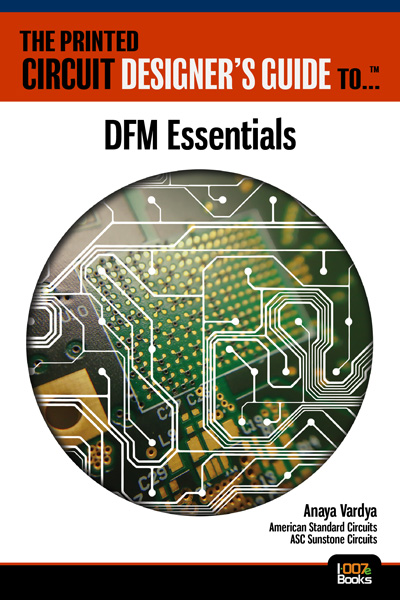How Good Design Enables Sustainable PCBs
August 21, 2025 | Gerry Partida, Summit InterconnectEstimated reading time: 1 minute
Sustainability has become a key focus for PCB companies seeking to reduce waste, conserve energy, and optimize resources. While many discussions on sustainability center around materials or energy-efficient processes, PCB design is an often overlooked factor that lies at the heart of manufacturing.
Good design practices, especially those based on established IPC standards, play a central role in enabling sustainable PCB production. By ensuring designs are manufacturable and reliable, engineers can significantly reduce the environmental impact of their products. Let’s explore how adhering to design rules can directly contribute to sustainability and why poor designs can derail these efforts.
The Hidden Cost of Bad Design
Poorly designed PCBs often result in low manufacturing yields, leading to higher scrap rates. For every lot that fails, manufacturers must remake boards, consuming additional materials, energy, and manpower. This cycle not only increases production costs but also amplifies the environmental footprint of each PCB produced.
For example, a design with inadequate annular rings or insufficient conductor or plane clearances may cause defects such as open circuits or shorts. Badly conceived or overly complex HDI stackups can lead to registration issues, delamination, and other non-compliances. These issues often require rework or remakes, both resource-intensive processes. The wasted copper, laminate, chemicals, and labor could have been avoided with a well-structured, IPC-compliant design.
Identifying Design Issues: Tools and Missed Opportunities
The industry has developed advanced tools to identify design issues early in the process, offering the potential to correct problems before manufacturing begins. PCB design tools like Siemens NPI (New Product Introduction) and fabrication tools like Genesis InSight or Integr8tor allow engineers to perform detailed design rule checks (DRCs) and manufacturability analyses. These tools highlight potential risks in the design, such as misaligned drill files, inadequate copper-to-edge clearances, and poorly optimized stackups.
To continue reading this article, which originally appeared in the August 2025 edition of Design007 Magazine, click here.
Testimonial
"We’re proud to call I-Connect007 a trusted partner. Their innovative approach and industry insight made our podcast collaboration a success by connecting us with the right audience and delivering real results."
Julia McCaffrey - NCAB GroupSuggested Items
NEDME 2025 Draws Strong Northwest Crowd, Builds on Tradition of Regional Collaboration
10/31/2025 | NEDMEThe NW Electronics Design & Manufacturing Expo (NEDME) 2025 once again brought together the Pacific Northwest community for a full day of learning, networking, and industry connections.
Keysight Advances Quantum Engineering with New System-Level Simulation Solution
10/30/2025 | BUSINESS WIREKeysight Technologies, Inc. announced the release of Quantum System Analysis, a breakthrough Electronic Design Automation (EDA) solution that enables quantum engineers to simulate and optimize quantum systems at the system level.
WestDev Announces Advanced Thermal Analysis Integration for Pulsonix PCB Design Suite
10/29/2025 | WestDev Ltd.Pulsonix, the industry-leading PCB design software from WestDev Ltd., announced a major enhancement to its design ecosystem: a direct interface between Pulsonix and ADAM Research's TRM (Thermal Risk Management) analysis software.
Industry Veteran Dr. Helen Song Joins Celera Semiconductor to Lead Product Design
10/28/2025 | PRNewswireCelera Semiconductor, the analog industry leader using AI to automate the entire product development flow, today announced that Dr. Helen Song has joined the company as vice president of Product Design.
Mapping the EV Landscape: Markets, Platforms, and Powertrains
10/28/2025 | Stanton Rak, SF Rak Companye-Mobility is the defining transformation of 21st-century transportation. As legacy OEMs, startups, and governments race to electrify vehicle fleets, the landscape of e-Mobility is expanding into previously unimaginable territory. But with innovation comes complexity, and with complexity, a need for systems that are not only high-performing but also reliably engineered for the long haul. Understanding the diversity and scale of the EV marketplace is essential to grasping the reliability challenges ahead.


